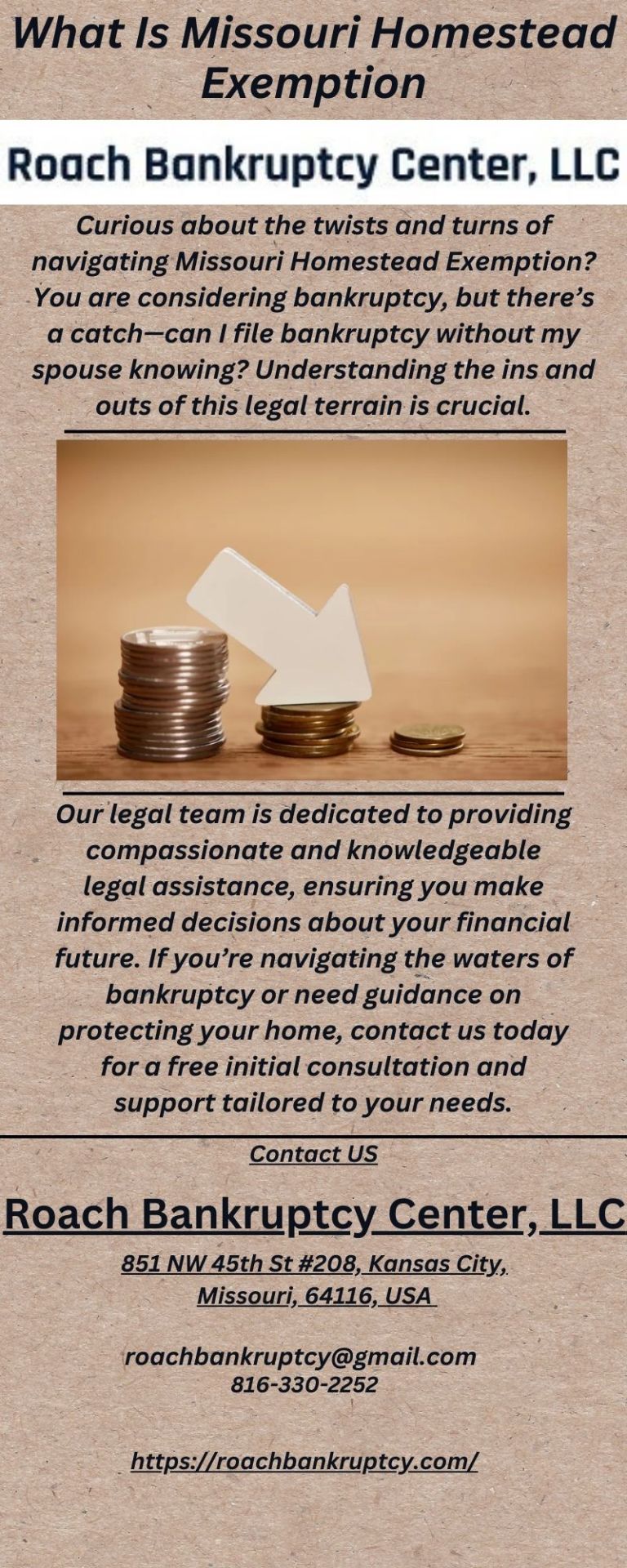#personal bankruptcy lawyer
Explore tagged Tumblr posts
Link
#debt relief lawyers Portland#personal bankruptcy lawyer#bankruptcy law firm in Portland#bankruptcy lawyer Portland#Portland bankruptcy law firm#bankruptcy attorney in Portland#Portland bankruptcy attorney#bankruptcy attorney Portland#bankruptcy lawyers#Bankruptcy Attorneys near me#bankruptcy law firm#Bankruptcy lawyers near me
0 notes
Text

Michael A. Fakhoury, Esq., P.C. 724 Route 9 Fishkill, New York 12524 845-896-5200 https://fakhourylaw.com/
Michael A. Fakhoury, Esq., P.C. offers exceptional legal services in Dutchess County since 1999, specializing in personal injury and bankruptcy. Since 1999, Michael A. Fakhoury, Esq., P.C. has provided top-notch legal services in Dutchess County, specializing in personal injury and bankruptcy cases. Recognized for effective advocacy and results, the firm prioritizes client needs in legal representation.
Michael A. Fakhoury, Esq., P.C., established in 1999, is a beacon of legal excellence in Dutchess County. With a focus on personal injury and bankruptcy cases, the firm has built a reputation for providing exceptional legal services. The founding attorney, Michael Fakhoury, brings over two decades of experience, demonstrating a commitment to excellence in every case he handles. His deep understanding of personal injury law and bankruptcy complexities makes him a formidable advocate for his clients.
The firm prides itself on its client-first approach. Understanding that each case is unique, they offer personalized counsel and guidance, ensuring clients are well informed and supported throughout the legal process. This client-centric philosophy is evident in the numerous testimonials from satisfied clients who have benefited from the firm's expertise.
Michael A. Fakhoury, Esq., P.C. has a track record of securing favorable client outcomes, whether in personal injury or bankruptcy. Their legal strategies are tailored to meet each case's specific needs and circumstances, ensuring the best possible results. The firm's success is underpinned by its dedication to meticulous preparation, comprehensive legal knowledge, and fearless advocacy.
Beyond the courtroom, the firm is an integral part of the local community, offering legal insights and advice through various outreach programs and educational initiatives. Their commitment to serving the community extends beyond their legal practice, reflecting a deep-rooted dedication to the welfare of Dutchess County residents.
In summary, Michael A. Fakhoury, Esq., P.C. is not just a law firm; it's a pillar of legal expertise and client advocacy in Dutchess County, continually striving to uphold the highest standards of legal service and community involvement.








#Personal Injury Lawyer#Personal Injury Lawyers#Personal Injury Attorney#Personal Injury Attorneys#Bankruptcy Lawyer#Bankruptcy Lawyers#Bankruptcy Lawyer Attorney#Bankruptcy Lawyer Attorneys
1 note
·
View note
Text
The Importance of a Brooklyn Child Custody Attorney in Navigating Custody Disputes
Child custody cases are among the most emotionally charged and complex legal matters that a family can face. When parents cannot agree on custody arrangements, the involvement of a skilled Brooklyn child custody attorney becomes essential. This blog explores the critical role of a child custody attorney in Brooklyn and how they can help you secure the best possible outcome for your family during these challenging times.

Understanding Child Custody in New York
Child custody refers to the legal and practical relationship between a parent and their child, including the right to make decisions for the child and the responsibility for their care. In New York, there are two primary types of custody:
Legal Custody
Legal custody refers to the right to make significant decisions regarding the child's upbringing, including education, healthcare, and religious instruction. Legal custody can be sole, where one parent has the authority to make these decisions, or joint, where both parents share decision-making responsibilities.
Physical Custody
Physical custody pertains to where the child lives. Like legal custody, physical custody can be sole or joint. In joint physical custody, the child spends significant time living with both parents, while in sole physical custody, the child resides primarily with one parent, with the other parent typically having visitation rights.
The Role of a Brooklyn Child Custody Attorney
Navigating child custody cases in Brooklyn can be daunting, especially when emotions are running high. A Brooklyn child custody attorney plays a crucial role in guiding you through this process, providing both legal expertise and emotional support.
Understanding the Best Interests of the Child
In New York, the court’s primary concern in any custody case is the best interests of the child. This standard considers various factors, including the child's age, the parents' ability to provide for the child's needs, the child's relationship with each parent, and any history of domestic violence or substance abuse. A skilled attorney will help you build a case that demonstrates how your custody arrangement serves the best interests of your child.
Mediation and Negotiation
Many child custody disputes can be resolved through mediation or negotiation, rather than going to court. A Brooklyn child custody attorney can represent your interests in these discussions, helping you reach an amicable agreement that prioritizes your child's well-being while protecting your parental rights.
Court Representation
If mediation fails and the case goes to court, having a seasoned attorney by your side is essential. They will advocate for your rights, present your case effectively, and ensure that all legal procedures are followed. Court battles can be stressful, but with an experienced attorney, you can feel confident that your case is in good hands.
Protecting Your Rights
Child custody cases can be contentious, with each parent fighting for their rights. An attorney ensures that your rights are protected throughout the process, whether it's ensuring fair visitation, preventing an unfair relocation, or fighting for joint custody.
Handling Complex Issues
Some custody cases involve complex issues such as allegations of abuse, parental alienation, or substance abuse. These situations require a nuanced approach, and an experienced attorney can help navigate these complexities, presenting the evidence necessary to protect your child's safety and well-being.
Filing for bankruptcy can be a difficult decision, but it can also be the first step toward financial freedom. With the help of a knowledgeable Florida bankruptcy attorney in Jacksonville, you can navigate the complexities of bankruptcy law, protect your assets, and start rebuilding your financial future. Whether you’re considering Chapter 7 or Chapter 13 bankruptcy, having an experienced attorney from Jax Debt Relief by your side can make all the difference in achieving a fresh start. Don’t let debt control your life—seek the guidance of a dedicated bankruptcy lawyer who can help you find the path to financial stability and peace of mind.
#florida personal bankruptcy lawyers#florida personal bankruptcy attorney#florida personal bankruptcy law firms
0 notes
Text

From Debt to Recovery - Dubai's Top Tips for Personal Insolvency Solutions
#lawyers in dubai#dubai lawyers#law firms in dubai#personal insolvency lawyers#best bankruptcy lawyers#insolvency law firm#insolvency lawyers in dubai#bankruptcy attorney
0 notes
Text
From Woof to Court: What to Expect When Hiring a Lawful Pet Bite Attorney
Pet dog bites are an usual incident that can cause major injuries and legal issues. Recognizing the regulations bordering pet attacks is critical for any individual who has actually been a victim or knows someone that has been bitten by a pet dog. In this blog post, we will discover what to expect when hiring a legal pet attack lawyer, including the laws surrounding pet dog bites, qualities to…
View On WordPress
#a#advice#animal#attack#attorney#bankruptcy#bite#bites#compensation#dog#hiring#injury#lawsuit#lawyer#lawyers#legal#maryland#personal#process
1 note
·
View note
Text

If you want to know about the Missouri homestead exemption, Schedule a free consultation with our experienced Kansas City Bankruptcy Attorney at (816) 330-2252.
#Chapter 7 Bankruptcy Attorneys#Kansas City Bankruptcy Attorney#Chapter 7 Bankruptcy Lawyers Kansas City#Kansas City Chapter 7 Bankruptcy Lawyers#Debt Relief Lawyer Kansas City#Bankruptcy Attorney In Kansas City#Chapter 13 Bankruptcy#Attorney In Kansas City#Chapter 13 Bankruptcy Lawyers Kansas City#Debt Relief Lawyers#Personal Bankruptcy Attorneys#Wage Garnishment Lawyers
0 notes
Text

Personal Bankruptcy Attorney in Panama City, FL - (850) 913-9110
Lewis and Jurnovoy is a local law office serving the Florida Panhandle. We specialize in bankruptcy law, including Chapter 7 and Chapter 13 bankruptcy. We will work to achieve the best financial remedy for your outstanding debts.
Lewis & Jurnovoy PCB 2714 West 15th St Panama City, FL 32401 (850) 913-9110 https://www.LewisandJurnovoy.com
#debt consolidation#bankruptcy assistance#Personal Bankruptcy Attorney#panama city#florida#foreclosure lawyer#chapter 7 bankruptcy
0 notes
Text
Caddell Reynolds Law Firm
122 N 11th St Fort Smith AR 72901 United States 479-782-5297 [email protected] https://www.caddellreynolds.com/
Welcome to Caddell Reynolds Law Firm Fort Smith, Arkansas office. We are a leading Arkansas personal injury attorney, social security disability benefits, and bankruptcy law firm. We fighting for clients across Arkansas, Missouri, and Oklahoma states. We have helped thousands of people through some of the most difficult times of their lives. We’ve recovered millions of dollars for our clients, and we would like to help you too. Are you looking for a personal injury attorney in Fort Smith, AR area? Our Fort Smith accident attorneys are here 24/7 available to assist you with all of your injury, disability, and accident law matters. We offer free legal consultations, so you can get the legal guidance you need with a free phone call today.
#Personal Injury Lawyers#Bankruptcy Lawyers#Car Accident Lawyers#Truck Accident Lawyers#Wrongful Death Attorneys
1 note
·
View note
Text
Will A Personal Swimming Pool Loan Be Included In Bankruptcy?
Will A Personal Swimming Pool Loan Be Included In Bankruptcy? - #jayweller #bankruptcy, #Bankruptcyassistance, #Bankruptcyattorney, #BankruptcyLawyer, #Chapter13, #Chapter7, #FilingForBankruptcy, #Law, #Tampa, #Tips, #WellerLegalGroup - https://www.jayweller.com/will-a-personal-swimming-pool-loan-be-included-in-bankruptcy/
#bankruptcy#Bankruptcy Attorneys#Bankruptcy Law#bankruptcy lawyer#chapter 13#chapter 13 bankruptcy#chapter 7#Chapter 7 Bankruptcy#law#Personal Loans#Personal loans with bankruptcies#Personal Swimming Pool Loan#Tampa#Weller Legal Group
0 notes
Text

Personal Bankruptcy Attorney in Crestview, FL | (850) 409-3350
Personal Bankruptcy Attorney in Crestview, FL
Lewis and Jurnovoy is a local law office serving the Florida Panhandle. We specialize in bankruptcy law, including Chapter 7 and Chapter 13 bankruptcy. We will work to achieve the best financial remedy for your outstanding debts.
Lewis and Jurnovoy 1501 S. Ferdon Blvd. Crestview, FL 32536 (850) 409-3350 https://www.lewisandJurnovoy.com
#Bankruptcy Assistance#Debt Consolidation Lawyer#Debt Attorney#Personal Bankruptcy Attorney#Mortgage Modification Lawyer#Crestview#Florida
0 notes
Text

Student loan Lawyer in Fort Walton Beach, FL | (850) 863-9110
Lewis and Jurnovoy 151 South Mary Esther Cutoff Ste. 103 Fort Walton Beach, FL 32569 (850) 863-9110 https://www.LewisandJurnovoy.com
Lewis and Jurnovoy is a local law office serving the Florida Panhandle. We specialize in bankruptcy law, including Chapter 7 and Chapter 13 bankruptcy. We will work to achieve the best financial remedy for your outstanding debts.
#Creditor Harassment Lawyer#Debt Consolidation Lawyer#Debt Lawyer#Personal Bankruptcy Attorney#Student loan Lawyer
0 notes
Text
Choosing a local Jacksonville bankruptcy attorney offers distinct advantages when navigating financial challenges. A local attorney brings intimate knowledge of Jacksonville's bankruptcy courts, procedures, and judges, streamlining the legal process for clients. Direct access to a local attorney fosters personalized attention, quick response times, and face-to-face consultations, enhancing communication and understanding throughout the case. Additionally, local attorneys often have established relationships with creditors, trustees, and court personnel, facilitating smoother negotiations and resolutions. By hiring a local Jacksonville bankruptcy attorney, clients gain a strategic ally with deep-rooted connections and a nuanced understanding of the local legal landscape, ensuring efficient and effective representation.
0 notes
Text
#Bankruptcy Attorney In St. Charles#Bankruptcy Lawyer In St Charles#Personal Bankruptcy Lawyer In St Charles#Personal Bankruptcy Lawyer St Charles#St Charles Bankruptcy Lawyers
0 notes
Text

Restructuring and Insolvency Lawyers in the United Arab Emirates
#best bankruptcy lawyers#lawyers in dubai#dubai lawyers#law firms in dubai#personal insolvency lawyers#restructuring
0 notes
Text
Learn how to file for bankruptcy without involving your spouse. Expert guidance with our experienced Kansas City bankruptcy attorney.
#Chapter 7 Bankruptcy Attorneys#Kansas City Bankruptcy Attorney#Chapter 7 Bankruptcy Lawyers Kansas City#Kansas City Chapter 7 Bankruptcy Lawyers#Debt Relief Lawyer Kansas City#Bankruptcy Attorney In Kansas City#Chapter 13 Bankruptcy#Attorney In Kansas City#Chapter 13 Bankruptcy Lawyers Kansas City#Debt Relief Lawyers#Personal Bankruptcy Attorneys#Wage Garnishment Lawyers
0 notes
Link
#chapter 7 trustee#chapter 7 bankruptcy lawyer clackamas#chapter 7 bankruptcy attorneys IN clackamas#chapter 7 bankruptcy attorneys clackamas#chapter 7 bankruptcy attorney in clackamas#clackamas chapter 13 bankruptcy lawyers#chapter 13 bankruptcy lawyers in clackamas#chapter 13 bankruptcy lawyer clackamas#chapter 13 bankruptcy lawyers clackamas#clackamas chapter 13 bankruptcy attorney#personal bankruptcy lawyers clackamas#clackamas personal bankruptcy attorneys#bankruptcy lawyer in clackamas#bankruptcy lawyers in clackamas
0 notes